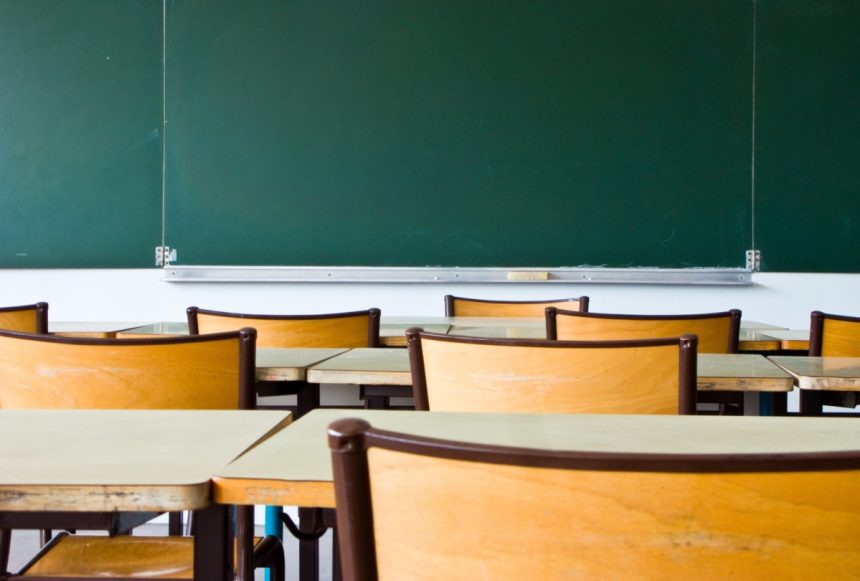The 38 enthusiastic students enrolled at Minyip Primary School in rural Victoria face an uncertain educational future. In the tiny town of Minyip, around 350 kilometres west of Melbourne, the school’s attempts to recruit a teacher for its students in years three – six have, so far, been unsuccessful.
A car accident earlier this year saw one teacher resign. The second teacher is moving to a school closer to her partner’s farm at the end of the 2023 school year. Following five rounds of advertising for a teacher, principal Julie Powell has received no applications. She’s been covering the class herself but, unless something changes, Minyip Primary will face 2024 with nobody else to teach its students.
Ms Powell is five years away from retirement after a long teaching career. To help solve her increasingly critical teacher shortage, she made a public submission to a parliamentary inquiry into the state education system in August. To date, she’s had no response.
Although a casual teacher was able to fill the school’s current vacancy in term two this year, that person is no longer available. Ms Powell said there were no other casual teaching staff available in the west.
‘Hard-to-staff’ incentives fail to deliver
Minyip Primary has been invited to apply for the state government’s hard-to-staff schools program – which pays $50,000 to qualified teachers who are willing to relocate to eligible schools – but Ms Powell said that, even with that additional support, it previously took two rounds of advertising to recruit.
To ensure the students’ educational needs are met, Ms Powell has been on the brink of burnout, but with her Education Department psychologist advising her to quit, Ms Powell has issued the department an ultimatum: “Find teachers, or I quit”.
“I told my [supervisor] that if there are no teachers here, I will not be here,” she said.
Last week in Victoria, a total of 1942 teaching positions were advertised on the government’s website. 864 of them were for schools in Victoria’s south-west.
The August launch of an Education Department-led teacher recruitment initiative – the Job Opportunities Pool – aimed to help reduce the time it takes for local schools to fill teaching vacancies, by matching eligible teachers to available roles.
Read more: State government offers fails to impress teachers
In term three, Minyip received a list of 22 names from the pool, but Ms Powell said that, with 15 unwilling to move and none eligible, the program was a “complete waste of time”.
“Not only is it frustrating, but it takes time because we’ve got to wade through all of those,” she said.
When the results of a survey of 598 Victorian education employees were analysed by the Australian Education Union, 35 per cent said the shortage had caused their school to run teacher-less classes, while one-third of teachers were forced to take additional classes, and 38 per cent of schools were forced to cancel subjects.
Two students have already left the struggling school in Minyip after their family told Ms Powell they were tired of waiting for a replacement teacher. Other parents – many of whom used to attend Minyip Primary themselves – are banding together to produce a promotional video of the town, which featured in the popular Erica Bana film, The Dry.
Call for paid placements
At the Australian Education Union, Victorian branch president Meredith Peace said her organisation had suggested various options for the government to consider, including retention payments for existing staff during recruitment periods, paid placements for student teachers, as well as additional incentives to work in rural and regional areas.
Ms Powell said she was aware of schools nearby with surplus staff and said the government needs to intervene to ensure those schools shared resources with others that are struggling to fill the gaps the current teacher shortage crisis is creating.
“I’m not ready to quit,” she said. “We’ve got awesome kids, and the parents are terrific. And I love coming to work each day. I don’t love coming to work and doing two jobs. And going home and being so wired that I can’t sleep because I’m thinking about all the things that are priorities.”







